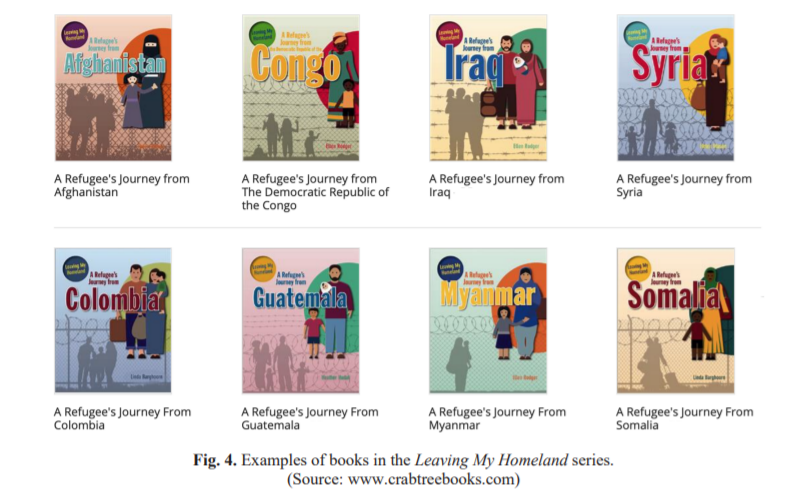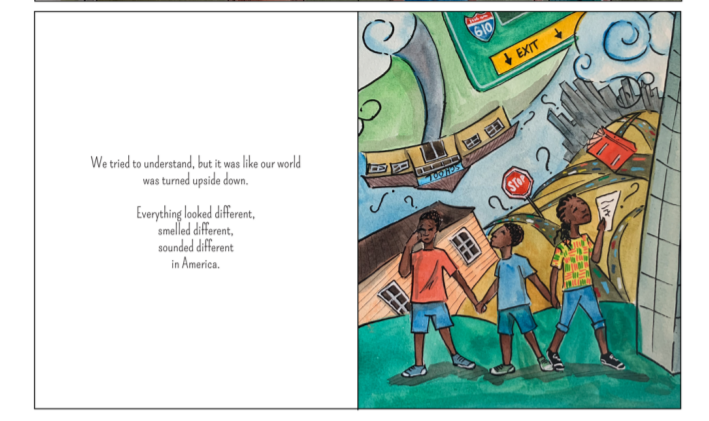This master thesis written by Amanda Karen Speechly in 2019 is about „Writing for mobile media. The influences of text, digital design and psychological characteristics on the cognitive load of the mobile user“. I chose this topic because it will be part of my master thesis which will adress the topic app design.
Level of design
This master thesis is oriented to the scientific format and is very structured and uniform, but it is not graphically prepared to a high standard. Everything is tidy, however, not particularly appealing when viewed from a design background.
Degree of innovation
This study explores the relationship between the author, the reader, and the text, focusing on the mobile media author who is tasked with balancing the functionality and humanity of digital interaction. She describes some unique points throughout her theoretical work, e.g. reader response theory for mobile text, cognitive load theory in context to mobile media or the emotional attitude towards reading on digital screens but overall it is more like a summary of what is already existing.
Independence
On the first page of her thesis, there is a declaration that this master thesis is her own work. She references everything that is based on other work.
Outline and structure
It is very fluent to read and the structure of the content is very coherent and comprehensible. The topics build on each other and illuminate the research question from all areas connected to the topic. However, a critical view/reflection on some parts may help as well, sometimes it seems to be a little unilateral. However, what I miss is a table of figures in the end, because she describes the figures in the text where you can also find the reference. You would have to read a whole paragraph to find the reference. Sometimes I could not find a reference to the figure, maybe she created them herself but I don’t know because there is no specification.
In the end she has two appendices, where in the first appendix she gives insights in the current practices in a South African context which is part of her practical work. She conducted interviews in Cape Town, focusing on identifying the typical processes used by digital designers and editors to develop and present content for mobile media. In the second appendix she presents the interview questions. Since the appendices are placed after the references, it doesn’t seem important I don’t understand why this practical part is appended (at the very end), because it is an important part of her research.
Degree of communication
She wrote in the First-person perspective to describe her opinion in her own words. Her work is very informative with a lot of references supporting her statements and giving a good overview. Personally I think you can feel how important this topic is to her and how convinced she is of her statements.
Scope of the work
The work contains 169 pages. The theoretical research is very broad and concerning all areas on this topic.
Orthography and accuracy
She has a good sentence structure and the texts are fluently readable due to the good verbalization. I could not find any spelling mistakes. The texts are written neutral, not using pronouns, for example the user is always describes as „the user“.
Literature
She uses a lot of references, they vary from 1997 to 2018. Most of the literature is already around 10 years old, which is not good especially concerning a work in the mobile field that is developing rapidly. But a lot of the psychological statements go way back, so the literature selection on this makes sense.
Source
https://open.uct.ac.za/bitstream/handle/11427/31274/thesis_hum_2019_speechly_amanda_karen.pdf?sequence=1&isAllowed=y


